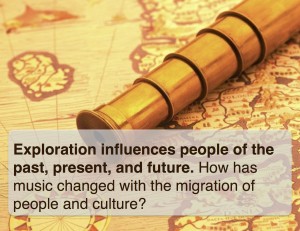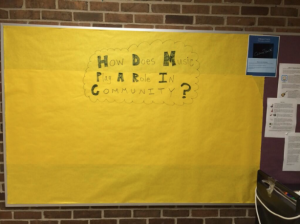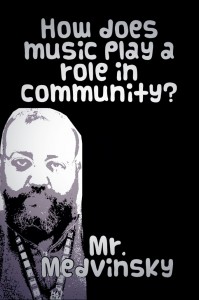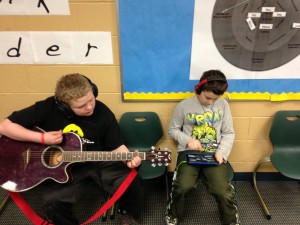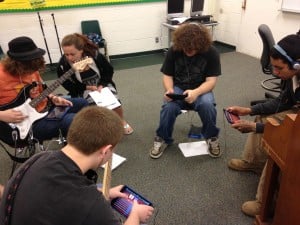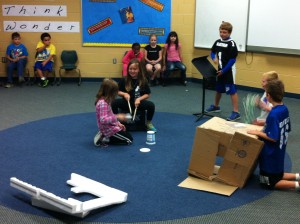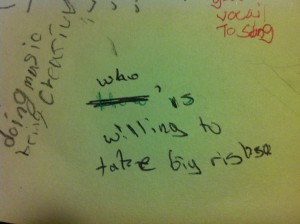![]()
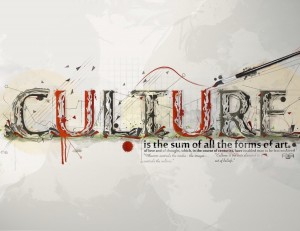 I have pushed myself this year to truly integrate the International Baccalaureate (IB) Units of Inquiry while focusing on individual musicians. In this set of posts, I plan to reflect upon the journey of the fifth grade musicians as well as my own. I would also like to challenge you to think more about the nature of the experience and less on the content area. I am framing this in the context of music, but how might this project look in social studies, science, language arts, or art?
I have pushed myself this year to truly integrate the International Baccalaureate (IB) Units of Inquiry while focusing on individual musicians. In this set of posts, I plan to reflect upon the journey of the fifth grade musicians as well as my own. I would also like to challenge you to think more about the nature of the experience and less on the content area. I am framing this in the context of music, but how might this project look in social studies, science, language arts, or art?
The idea of this project came about after a long conversation with my friend and choir colleague Eve Pierre. Eve is an amazing musician, educator, facilitator, consultant, and friend. She has been my mentor and springboard regarding all things IB and Standards Based Grading.
The unit we are currently exploring is Where we are in place and time: An inquiry into orientation in place and time; personal histories; homes and journeys; the discoveries, explorations and migrations of humankind; the relationships between and the interconnectedness of individuals and civilizations, from local and global perspectives.
We began inquiring about the migration of music and what impact that may have on people in the past, present, and future. This kindled a conversation about aural traditions, how music has been past down from generation to generation, and cultural contexts of music in different cultures. Through talking to the musicians about music, culture, migration, and bouncing ideas off of Eve, Seeds of Culture began.
Project Overview (Part 1):
- Musicians choose a song that connects them to their culture (Part 2)
- Create a short digital presentation of the music’s affects from the past, present, and future
- Teach the class a portion of your song
- Create a Seed Rhythm on a looper e.g. Looseque or DM1 (Part 3)
- Find other musicians that share the same or similar Seed Rhythm
- Compose and perform the original pieces at an Exhibition style concert (Part 4)
I will write posts as the musicians share each part of their projects. So far, this has been an incredible way to get to know individual learner’s personal histories, cultures and journeys. I am learning so much about their music, but most of all, strengthening relationships.

